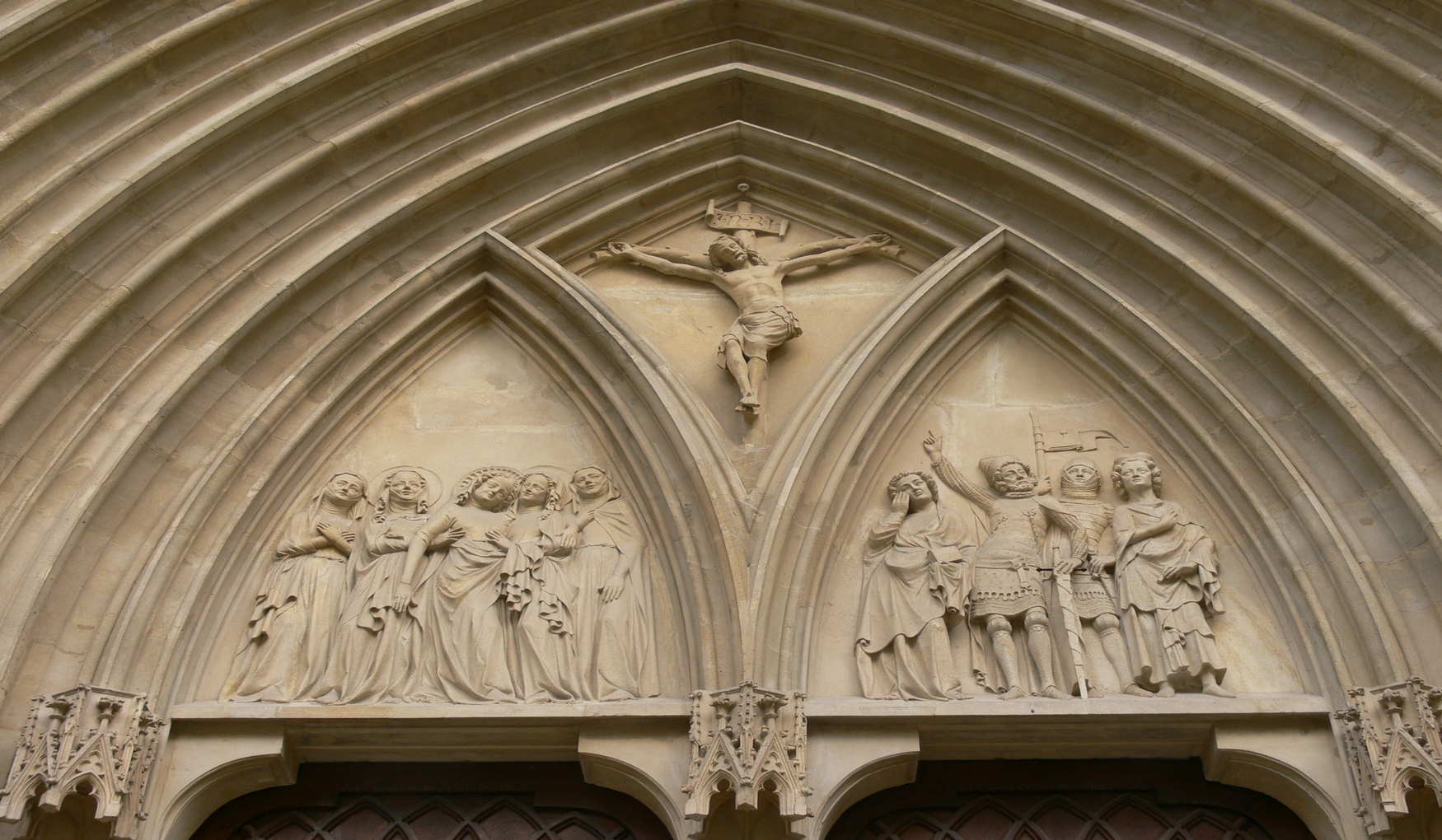The Church of the Order of Friars Minor (Vienna) is an Italian national church in the French Gothic style, consecrated in honour of Mary Our Lady of the Snows, which was added to the architectural ensemble of Vienna in 1350. It is one of the first examples of Gothic architecture in the Austrian capital.
Before going into more architectural and historical detail, let us focus on the location of the church. Minoritenplatz is an oasis of calm in the heart of the city. It is surrounded by many historic buildings, faithful guardians of the spiritual idyll of the Minorite Church, built between the 17th and 19th centuries. They protect the ancient walls of the church from the hustle and bustle of the city.
If we could travel through the centuries in a time machine, we would see the Minorite Church in a different light. It has been rebuilt and reconstructed several times in different styles due to the destruction caused by the Turkish sieges and then by the French soldiers who used the Minorite Church as a warehouse.
It was not until the 19th century that the building regained its original Gothic appearance. The interior, however, was originally designed in the Baroque style, but only the altarpieces, stained glass windows and a fresco of St Francis of Assisi remain.
Many of the frescoes depict the families of the Austrian nobility who helped to build the church. There is also a memorial to Pietro Metastasio, the famous Italian playwright and librettist.
The Minorite Church in Vienna was the final resting place of Isabella of Aragon and Countess Marguerite Moultas of Independent Tyrol, reputedly the ugliest woman in history.
Remarkably, the church is not actually owned by the Minorites and there are no more Minorites in Vienna. In 1782, Emperor Joseph II evicted them from their monastery and gave the church to Italian Franciscans. The Minorites did not leave empty-handed, taking with them the cross with the icon of Christ that had always been above the altar.
The most valuable, at least in the eyes of travellers, is the masterpiece inside the temple, a mosaic by Giacomo Raphaeli, a copy of Leonardo da Vinci's The Last Supper. It is a fresco made up of 12 panels and 10,000 stones, some of which are only a few millimetres in size. The total size of the mosaic is 4.5 by 9 metres and its weight is 20 tonnes.
How did the "Last Supper" end up in the Minorite church in Vienna? As is so often the case, it was due to the whims of the world's great men. Napoleon was impressed by the original in Milan and wanted it to be transported to Paris. But the state of technology at the time did not allow such a large work of art to be transported, and Napoleon had to make do with a copy he commissioned from a lesser-known painter, Giacomo Raphaeli.
While the young talent was at work, Napoleon was dethroned and his father-in-law, Emperor Franz of Austria, had to pay for the work. At first he wanted it to decorate the Belvedere Palace in Vienna, but the mural did not fit the dimensions.
That's how the mosaic ended up in the Vienna Minorite Church. Unlike the original, it is more vivid and fuller. Art experts believe that this copy is the most accurate representation of the original. So fans of Leonardo can visit the Minorite Church in Vienna and try to decipher the legendary codes of da Vinci encoded in The Last Supper.
Many travellers have commented on the unusually attractive exterior of the church building, which looks more like a fortress than a temple. Indeed, the watchtowers and loopholes are in amazing harmony with the exquisite stained glass and frescoes.
Friends, families and even children come to the church to listen to music — concerts and recitals are often held in the Minorite Church. Information about upcoming performances is always available at the entrance. And every Sunday there is a service in Italian.











